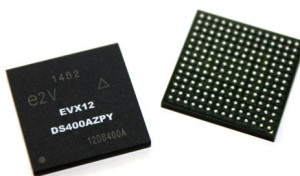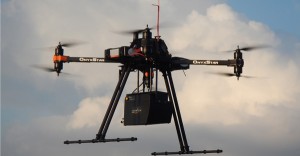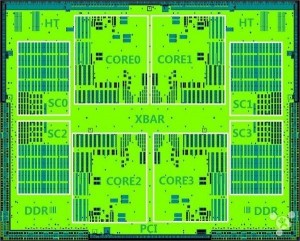Frontier Silicon has teamed up with Google and Marvell Technology to design a streaming module, with Google Cast, for audio devices.
Called Minuet, is offers:
- Global Cast-enabled audio services (eg: Pandora, Deezer, TuneIn)
- Spotify Connect
- Apple AirPlay
- Bluetooth audio input
- Wired audio inputs
- Frontier’s Undok remote control app for audio synchronisation and multi-room audio (Android and Apple).
“This module is the product of collaboration between Google, Marvell Technology and Frontier and will address the fast growing market for connected Wi-Fi home speakers and audio systems,” said Frontier. “This is a continuation of Frontier’s partnership with Marvell, which dates to launch of the Venice Wi-Fi module series in 2009.”
On-board is a 1.3GHz dual core processor, 802.11ac Wi-Fi and Bluetooth Smart from Marvell.
For development, there is a customisable embedded SDK, remote control apps and APIs, qualified reference designs, and a managed certification process.
Samples will be with selected partners this month, and the module is on-show at IFA in Berlin.
See also: Google Cast for audio
See also: Hi-Fi add-on board gives Raspberry Pi HD audio






